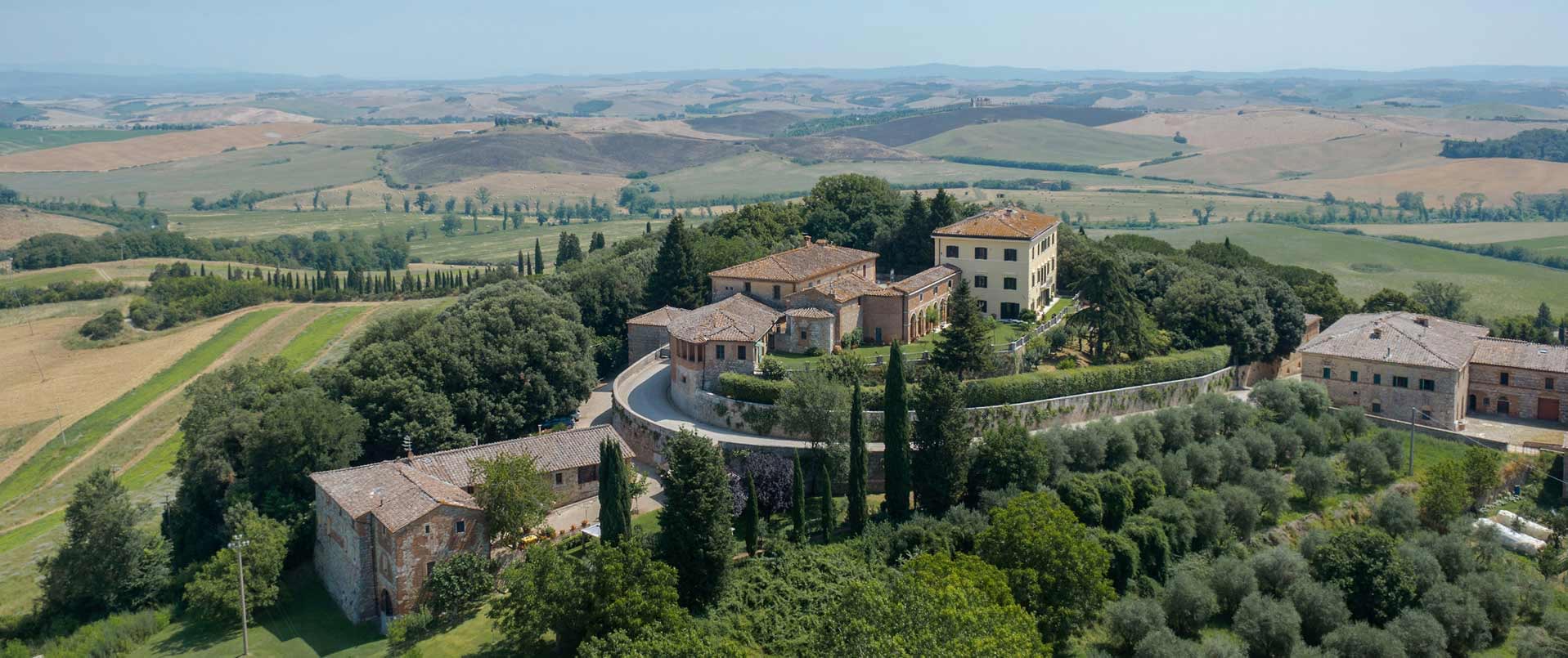
Located in the heart of Verona in the historic district of Veronetta, just a few steps from the Arena di Verona, the Giardino Giusti is considered one of the most interesting examples of an Italian garden. Its origins date back to the late 1300s, when the Giusti family moved from Tuscany to Verona, establishing their wool dyeing business in this area.
The garden is still preserved in its original form, featuring elements typical of 16th-century gardens, such as citrus trees in pots, mythological statues, fountains, cedar groves, grottos, masks, Roman artifacts and places to sit and admire the view.
Adjacent to the garden is the 16th-century Palazzo in the style of Sanmicheli, which opens onto the garden with a theatrical courtyard and is divided into numerous rooms and halls from different eras, ranging from the 1500s to the 1700s. Some of the rooms display 18th-century frescoes by Francesco Lorenzi, a pupil of Giambattista Tiepolo. The Palazzo and Giardino also house an important collection of ancient artifacts, some dating back to the Roman era, known as the Collezione Molin Giusti.
Giardino Giusti is open to the public and can be visited every day of the year (closed only on 25 December), and over the years it has increasingly become a cultural landmark in Verona. Throughout the year, various events in dance, music and theatre are organised, along with experiential guided tours, art exhibitions and artistic workshops.
The history of Giardino Giusti
At the end of the 1200s, the Giusti family relocated from Tuscany to Verona to develop the wool dyeing industry, the main source of wealth for the city, at the time ruled by the Scaglieri family. In 1406, Provolo Giusti purchased the land adjacent to the ancient Via Postumia, a key east-west road axis of the Po Valley. Over the next two centuries, the Giusti family used the spaces of the current garden along the ancient city walls for boiling the cauldrons where the wool was treated and for drying the dyed cloth.
During the 16th century, what began as a production facility was converted into an impressive residence in the Sanmicheli style, complete with a formal garden featuring boxwood hedges, cypress trees, fountains and grottos, in keeping with the fashion of the time. The principal architect of the garden and palazzo was Agostino Giusti (1548-1615), a cultured man who was passionate about music and painting, a trusted advisor to the Venetians who also maintained good connections with the Medici and Habsburg families.
The current palazzo emerged from the amalgamation of several small buildings used for wool processing, with two side wings separated by a long façade facing the street and a grand reception hall. The entrance atrium boasts a portico with six arches opening onto the courtyard of honour. Beyond the gate, visitors can catch a glimpse of the long avenue of cypresses leading to the grotto and the sculpted mask embedded in the rock. Giardino Giusti reflects many elements of the Medici gardens, which were an aesthetic reference point for the cultured elites of the time.
Facilities and services at Giardino Giusti
The entrance ticket includes access to the 16th-century garden, from the entrance to the Belvedere terrace, and to a wing of the palazzo reopened to the public in 2019, known as Appartamento 900.
Visitors to Giardino Giusti can take part in themed guided tours, offered periodically and upon request, as well as a free app with an audio guide in four languages (Italian, English, French and German) and a treasure hunt designed for younger visitors, also available in these four languages. Throughout the year, artistic workshops for children and adults, dance performances, concerts and other cultural events are also organised.
 Gardens
Gardens
 Parks
Parks
 Private events
Private events
 Residences
Residences
 Visits
Visits
 Cultural tourism
Cultural tourism  Gardens
Gardens  Historic Homes open to visitors
Historic Homes open to visitors